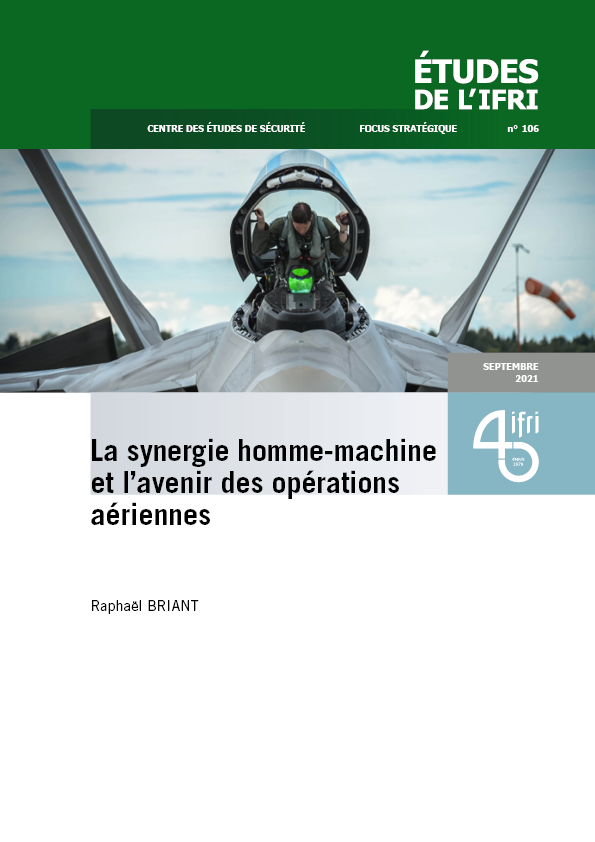Human Machine Teaming and the Future of Air Operations

The increasing autonomy and digitization of battlefields implies a re-examination of Man Machine Teaming (MMT). While Artificial Intelligence (AI) has significant benefits, the human cognitive system remains unique until this day. Nonetheless, as demonstrated by the “centaur” approach, man-machine teaming offers even greater potentials than the two working separately.
Man Machine Teaming’s operational gains are thought to be tremendous, but so are their challenges. As the systems grow increasingly autonomous, their interaction with humans gets more complex, with AI slowly transitioning from a tool-like role to that of a crewmember. To make the most of this new collaboration, the very conception of these new technologies needs to be rethought in order to focus their designs on humans. Allowing humans to effectively interact with systems that have varying degrees of autonomy is expected to give armed forces a new factor of operational superiority.
Numerous countries are now developing MMT military program. In France, the “future aerial combat system” or SCAF carries these new stakes in the field of military airpower – a field where man-system integration is old and where its potentials are great. From logistic to swarming in, from flight assistants to “cobots”, the possibilities of effective man-machine teaming are wide and they are already reshaping the field of military airpower.
This content is available in French : La synergie homme-machine et l'avenir des opérations aériennes
Related centers and programs
Discover our other research centers and programsFind out more
Discover all our analysesThe Franco-German Brigade and the Revival of European Defense
One thing has been clear since Donald Trump's return to the White House: the very existence of the European unification project is threatened. Unless it develops a sovereign defense policy to counter the war in Ukraine and the weakening of American security guarantees, the European Union will continue to see its internal cohesion and external attractiveness wane.
Taking the Pulse: Can Europeans Build Their Independent Extended Nuclear Deterrent?
Confronted with a U.S. disengagement and the Russian threat, Europeans are reconsidering their stance on nuclear deterrence. Given the capabilities of the French and British arsenals, can Europe develop an independent nuclear deterrent?

RAMSES 2024. A World to Be Remade
For its 42nd edition, RAMSES 2024 identifies three major challenges for 2024.
A Transatlantic Defense Industrial Base? Two Contrasting Views
The evolving landscape of global defense cooperation has brought the transatlantic relationship between the United States (US) and Europe into sharp focus. As geopolitical tensions rise and the threat environment becomes more complex, the question of how Europe can best ensure its security while navigating its relationship with the United States has become paramount. This double feature report offers two contrasting views on the dynamics of US-Europe defense industrial relations, highlighting the challenges and opportunities that lie ahead for both parties.










